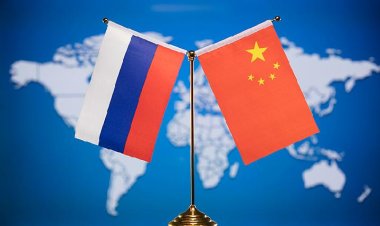Climate shifts during the late Miocene were accelerated by vegetation changes
A recent study has demonstrated that changes in plant life played a significant role in accelerating major climate shifts during the late Miocene, which spanned from 11.6 to 5.3 million years ago. This research, published in the journal Science...

This research, published in the journal Science Advances, was conducted by scientists from the Institute of Atmospheric Physics at the Chinese Academy of Sciences.
The late Miocene is a critical time in Earth's history marked by a transition from the prolonged warmth of the middle Miocene to cooler conditions that resemble those of the present day. While earlier research identified declining CO2 levels and tectonic movements as key factors driving these changes, these elements alone were not enough to completely account for the global climate transition.
The new study emphasizes the role of vegetation feedbacks—changes in plant cover that affect climate—revealing how they intensified cooling in the high northern latitudes and modified rainfall patterns in lower latitudes.
In the high northern latitudes, these areas were predominantly covered by dense forests prior to the cooling that eventually turned them into grasslands during the late Miocene, further contributing to global cooling.
The research illustrates that changes in vegetation amplified cooling by altering surface reflectivity and impacting water vapor, clouds, and sea ice. In certain regions, the effects of these vegetation changes were even more pronounced than the cooling attributed to decreasing CO2 levels.
By integrating geological data with climate models, the study clarified the distinct contributions of CO2, tectonic changes, and vegetation feedbacks to the climate dynamics of the late Miocene.
"This study helps us better understand the mechanisms behind the late Miocene climate shift and emphasizes how vegetation feedbacks can influence the global climate – both in the past and in the future," stated Zhang Ran, a professor at the IAP.
In contrast to today’s rapid, CO2-driven warming, the late Miocene period was marked by cooling and decreasing CO2 levels. This research highlights the often-overlooked influence of plant life on climate systems, offering valuable insights for both historical and future climate change studies, Zhang added.
Anna Muller contributed to this article for TROIB News
Find more stories on the environment and climate change on TROIB/Planet Health












